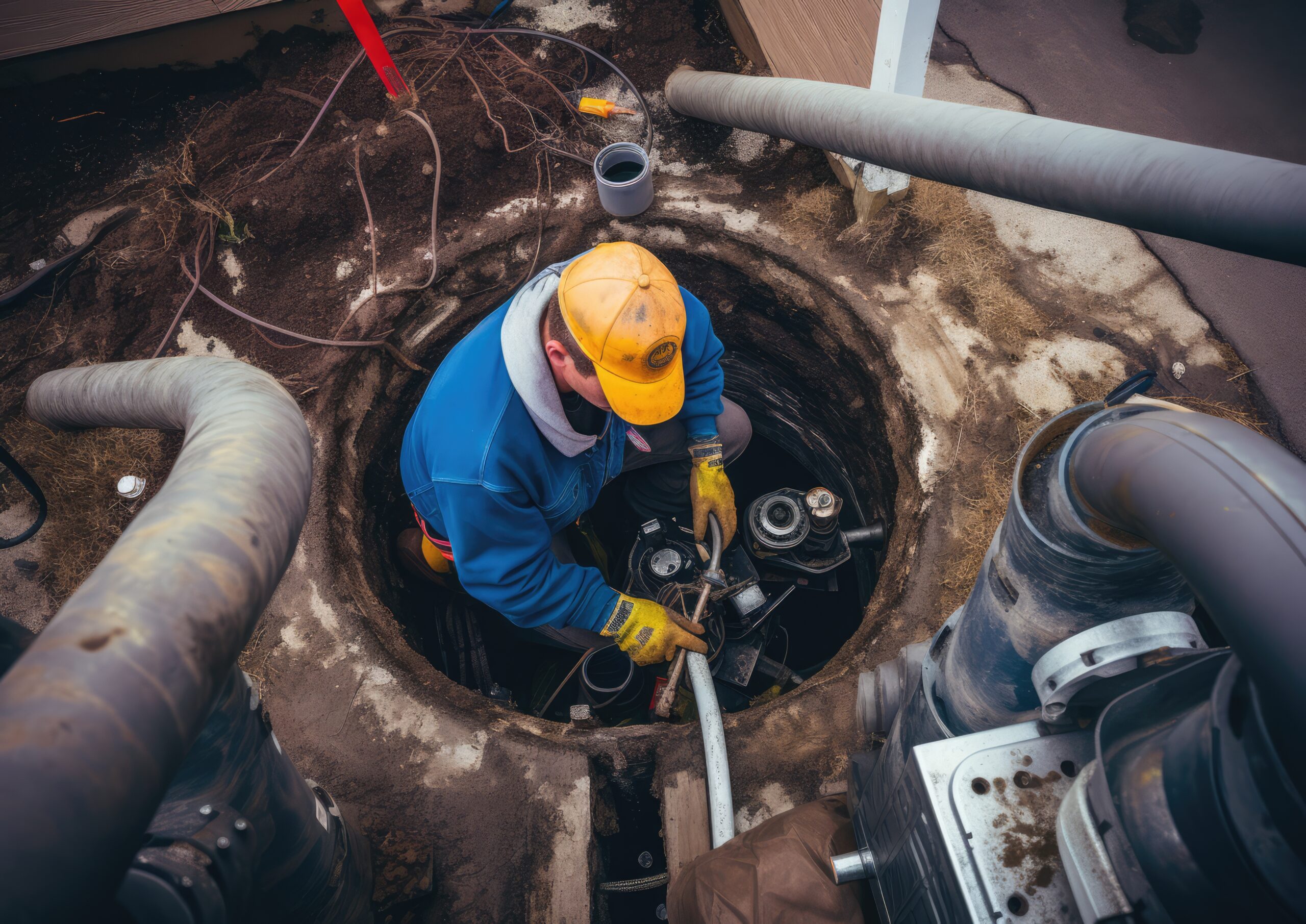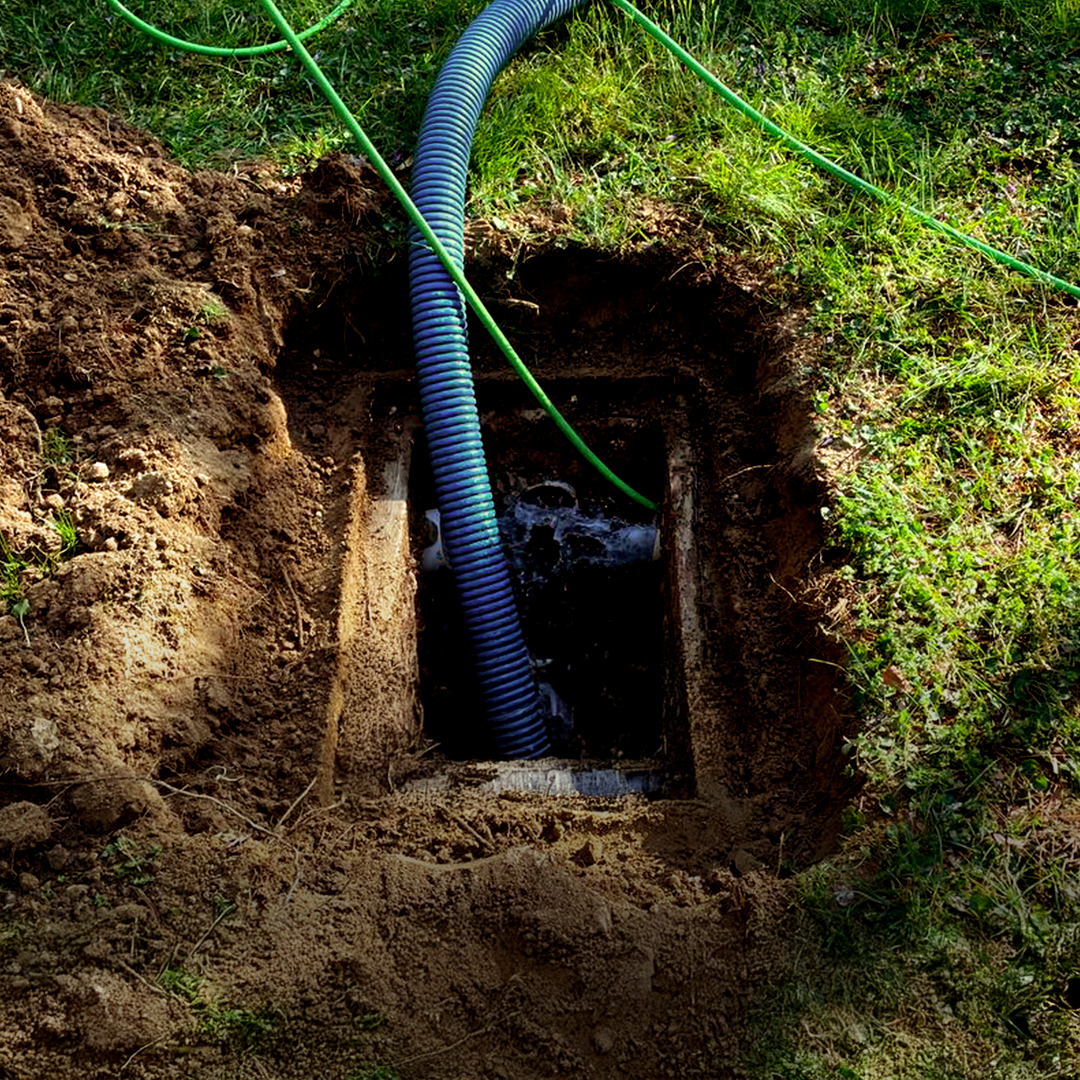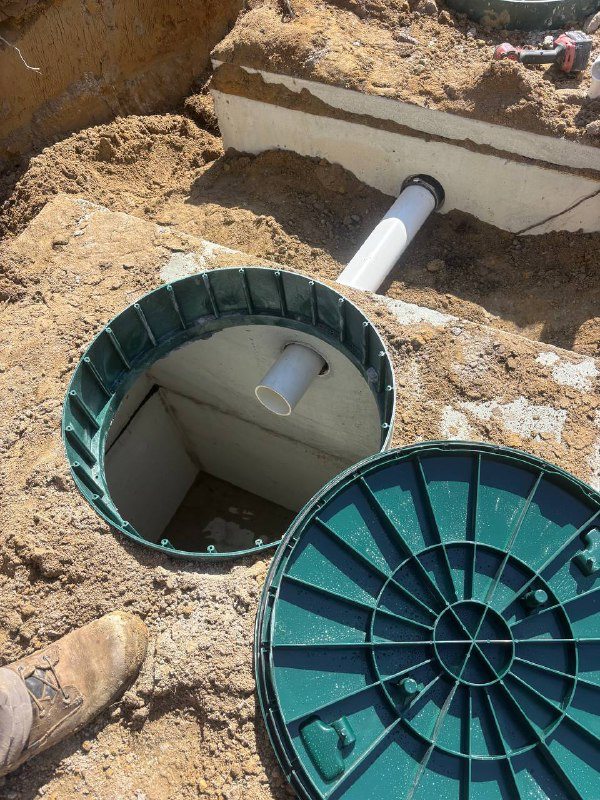Septic tanks play a crucial role in managing wastewater efficiently for homes that are not connected to municipal sewer systems. Regular maintenance ensures the proper functioning of your septic system, preventing costly repairs and environmental hazards. In this article, we’ll explain the process of septic tank cleaning, providing step-by-step insights and important tips.
Why Is Septic Tank Cleaning Necessary?
Septic tank cleaning prevents blockages, backups, and environmental contamination that can result from an overflowing or malfunctioning septic system. Septic tanks collect solid waste, sludge, and grease over time, which reduces their efficiency and storage capacity.
When tanks are neglected, waste builds up excessively and eventually flows into drainage fields, causing clogs and serious damage. Routine septic tank cleaning helps maintain the system’s capacity and ensures wastewater treatment occurs without causing environmental pollution.
Regular cleaning prolongs the life of your septic system and prevents expensive replacements that could otherwise occur from damage.
How Often Should You Clean Your Septic Tank?
The frequency of septic tank cleaning depends on the tank size and household wastewater generation. Most households require a septic tank clean up every two to three years, depending on their water usage habits.
Larger households with smaller septic tanks may require cleaning more frequently to avoid blockages and overflows. Using water efficiently and avoiding flushing non-degradable items can help reduce the frequency of septic tank cleaning. An experienced septic tank professional can evaluate your system and recommend the most suitable cleaning schedule for your home.
How to clean out a septic tank?
- Prepare for the Cleaning Process
Septic tank clean up begins with identifying the location of your tank and assessing its current condition. Professional cleaners inspect the tank, ensuring they understand its layout and any potential complications during cleaning.
- Pump Out the Septic Tank
The first step involves pumping out accumulated waste using specialized equipment to empty the tank thoroughly. A vacuum truck is used to remove sludge, grease, and liquid waste, ensuring no residue remains inside the tank.
- Inspect the Tank for Damage
After pumping, cleaners inspect the tank’s walls and baffles for cracks, leaks, or structural damage requiring repairs. Routine inspections during cleaning ensure small issues are addressed before they lead to significant septic system failures.
- Clean the Tank and Drainage Field
Professionals rinse the tank with water to eliminate any remaining residue and restore optimal tank performance. Some cleaners may recommend flushing and maintaining the drainage field to ensure wastewater disperses efficiently after cleaning.
- Safe Disposal of Waste
Septic tank cleaning companies transport collected waste to treatment facilities, adhering to environmental and regulatory guidelines. Proper waste disposal prevents contamination and ensures compliance with local environmental protection laws.
Tips to Maintain Your Septic Tank Between Cleanings
Avoid flushing non-degradable items such as wipes, diapers, or feminine hygiene products to reduce septic tank cleaning frequency. Conserve water by fixing leaks and using efficient fixtures, which reduces the strain on your septic system.
Schedule regular professional inspections to detect early issues and keep your septic tank functioning efficiently. Use septic-safe cleaning products that do not kill the beneficial bacteria essential for breaking down waste inside the tank. Maintain a healthy balance of bacteria by avoiding excessive use of antibacterial products that disrupt waste decomposition.
Conclusion
Septic tank cleaning is essential for maintaining a healthy and efficient wastewater management system at your home. Regular cleaning prevents costly repairs, system failures, and environmental hazards that result from neglecting your septic system.
Professional cleaning services ensure thorough waste removal, inspection, and compliance with environmental safety standards. By understanding the process and importance of septic tank clean out , you can better care for your home’s wastewater system. Follow these tips and schedules to ensure your septic system remains trouble-free and efficient for years to come.
Keep your system efficient—book your septic tank cleaning today! Contact us now for professional and reliable service.




